Country and County: Wiltshire
Part of the Warner Leisure group, the Littlecote House Hotel is a large Elizabethan country house with a reputation for being haunted. John Ingram in his ‘The Haunted Homes and Family Traditions of Great Britain (1897) gives the following account.
In 1998, unaware of the now lost 1845 Devizes White Horse (aka Snobs Horse), Sarah Padwick who was new to the area wrote into the local newspaper suggesting that to celebrate the Millenium, a hill figure should be cut on Roundway Down.
It has been suggested that Alton Barnes may have derived its name from its proximity to this holy well or sacred spring, which appeared in Saxon Charters as Bradewelle as early as 825AD. In ‘A History of the County of Wiltshire: Volume 10 (1975)’ Broad Well receives three mentions which are quoted below.
The ancient site known as the Sanctuary can be found on Overton Hill (aka Hakpen Hill) at the start of the Ridgeway footpath. Dating from 3000BC it is the site of a stone circle which marked the end of the West Kennet Avenue.
According to an article on the Gazette and Herald website ‘THE origins of the Broad Town White Horse are somewhat confused. Located three miles south of Wootton Bassett, the horse is on a steep slope on land belonging to Littletown Farm.
Mentioned as a item of possible interest to a visitor of Alton Priors, in the village is a sarsen stone with a copy of the Alton Barnes White Horse carved upon it.
The Alton Barnes white horse dates from 1812 and can be found on a slope facing southeast between Milk Hill (one of the highest points in Wiltshire) and Walkers Hill, nearly a mile north of Alton Barnes. Measuring 160 feet by 166 feet, the horse was commissioned by Robert Pile from Manor Farm in Alton Barnes and designed by John Thorne (Jack the Painter).
The Grade II listed All Saints Church in Alton Priors dates from the 12th century. According to ‘A History of the County of Wiltshire: Volume 11’ (1980) ‘The church of ALL SAINTS, Alton Priors, is built of freestone, rubble, and red brick and has a chancel, nave, and west tower. The chancel arch survives from the 12th-century church.
Now converted into a series of private residences, the reputedly haunted, Grade II listed Savernake Forest Hotel was built by George William Frederick Brudenell-Bruce, 2nd Marquess of Ailesbury and Lord Lieutenant of Wiltshire (Born 20 November 1804 – Died 6 January 1878) in 1864.
In December 1772 the theologian and scientist Dr Joseph Priestley (born 1733 – died 1804) was appointed by Sir William Fitzmaurice/Petty, 2nd Earl of Shelburne (and from 1784 1st Marquis of Lansdowne) (born 1737 – died 1805) as his librarian, literary companion and tutor to his two sons.

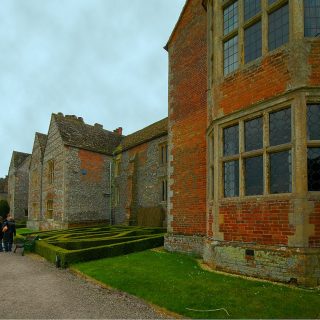
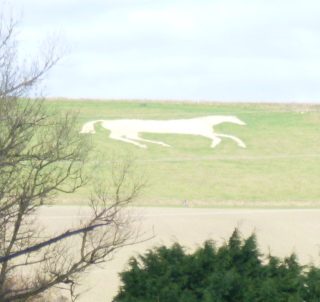
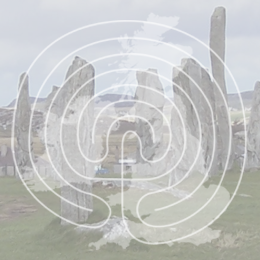
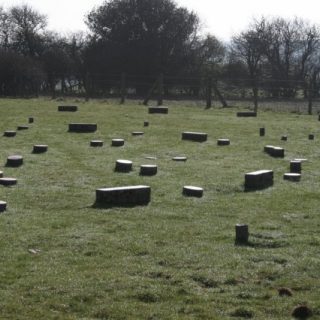
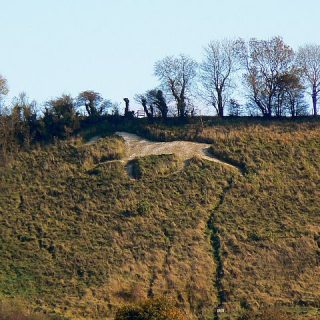
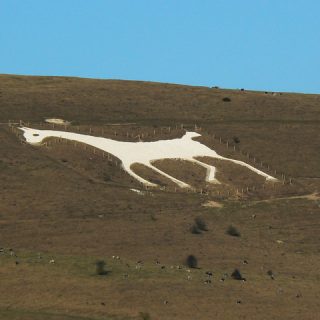
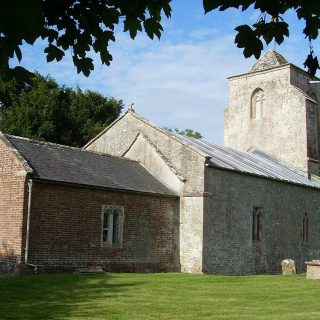
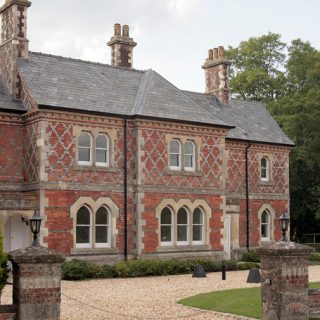
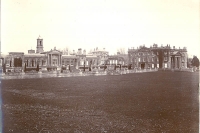
Recent Comments